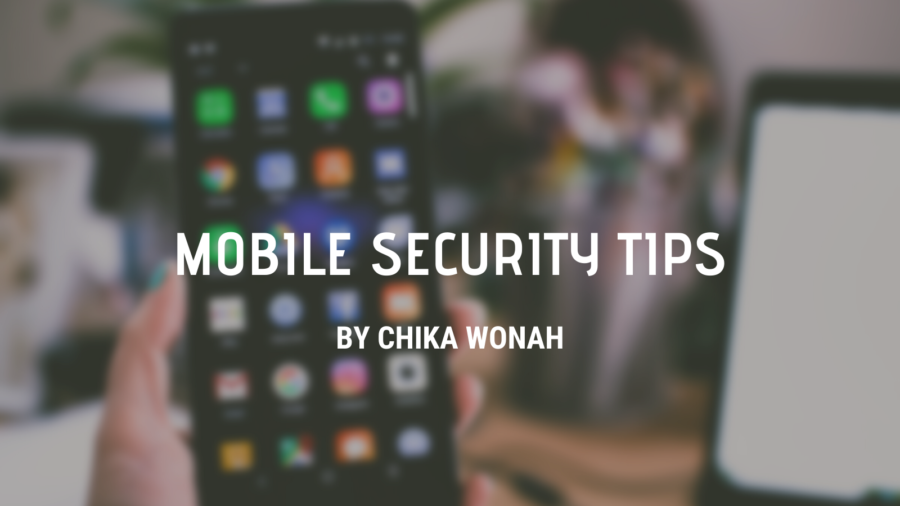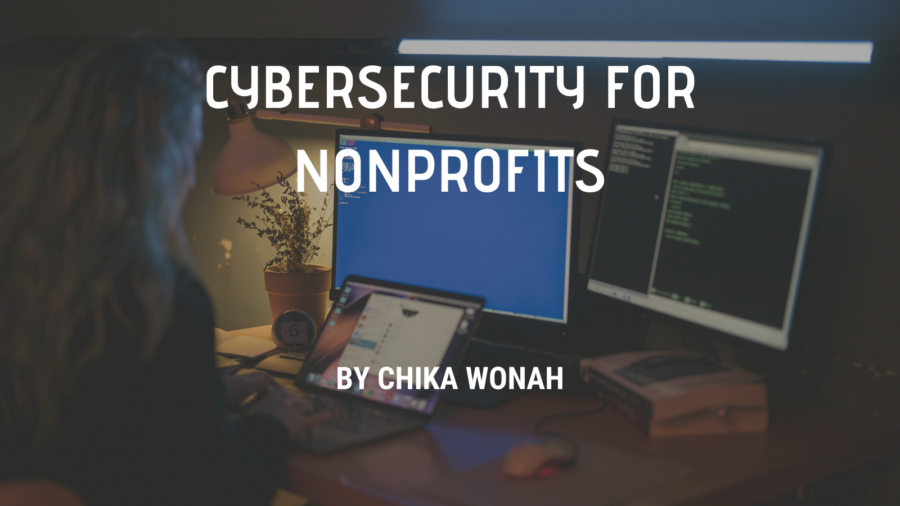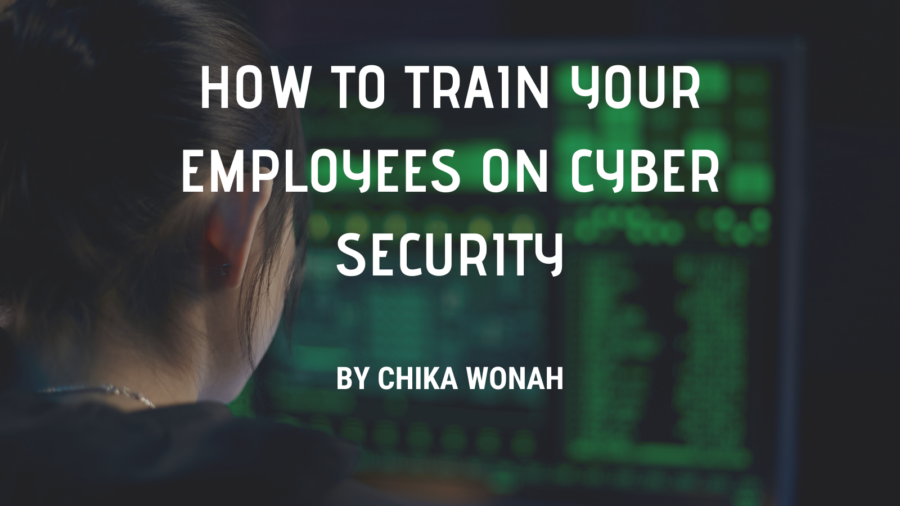Artificial Intelligence (AI) is becoming more and more prevalent in our lives. Many industries, including healthcare, manufacturing, and retail, use AI. But did you know that education uses AI? We will discuss the benefits of using AI in education.
-
AI Can Provide Supplemental Instruction to Students Who Are Struggling
AI has the potential of providing supplemental instruction to students who are struggling. Artificial neural networks (ANNs) are computer models designed based on the human brain known as artificial neurons. These artificial neurons process information similarly to biological neuronal cells in humans. Pattern recognition, classification, and calculation use ANNs. These networks are perfect for problems with a large amount of data that students can use as models to predict labels on new data.
-
AI Is Capable of Creating Personalized Lesson Plans for Students
Artificial intelligence can create personalized lesson plans for each student by analyzing their strengths and weaknesses. Students learn better and faster with an algorithm explicitly made for them. It will determine the level of understanding for each student and come up with lesson plans for them.
-
Teachers Can Use AI to Track Students’ Progress
Teachers can track their student’s progress by using artificial intelligence. Some teachers are already experimenting with AI to help them understand how their students are progressing through the course material. It allows teachers to determine if a student has trouble understanding specific concepts or needs additional resources based on the collected data.
-
Artificial Intelligence (AI) Offers Quick Responses to Students’ Questions
AI can analyze students’ questions and determine the best way to answer that question based on previous answers given by other students. The more people ask the same question, the better the AI decides the best response. It allows for immediate feedback and quick answers to many of your students’ questions.
-
AI Can Be Used as Virtual Tutors for Individualized Learning
Artificial intelligence can be used as virtual tutors for individualized learning. AI can be used as a virtual tutor to help students who require one-on-one assistance. It will give the instructor more time to focus on other students and still give them individualized attention.
Conclusion
The benefits of artificial intelligence in the classroom are endless. We must ensure that we are using AI to meet the needs of the students. Only then can we truly maximize the potential of this powerful technology.










